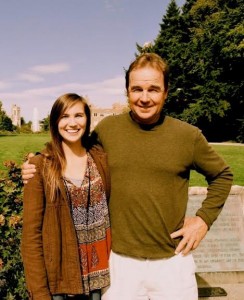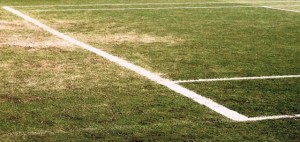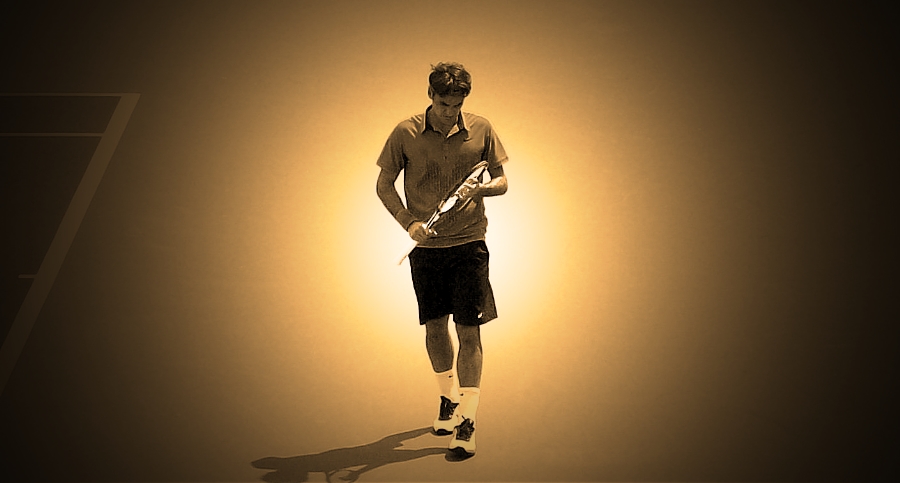
The year is 1984 and the location is the U.S. Open in New York. In the first round, the 12th-seeded player and one of the most buoyant characters of the Golden Age of tennis “Disco” Vitas Gerulaitis plays a little-known South African player by the name of Derek Tarr (pictured in 2013 with his daughter Lauren). Gerulaitis wins in three straight sets and Tarr gets in his car later that day to drive back to his residence in Birmingham, Alabama. He plans to drive for a day, take a break, and arrive the next day to his destination.
At the press conference, a journalist asks Gerulaitis to compare the skills of John McEnroe and Martina Navratilova who happen to be the number 1 players in the world in men and women respectively. The days of being politically correct have not quite arrived yet and women’s tennis is still climbing the steep hill to equal prize money in tournaments. Gerulaitis bluntly says that Navratilova is so dominant because 95% of the women don’t know how to play tennis, and insists that men’s tennis rankings are much deeper. Then, he casually adds fuel to the fire by claiming that he bets his 2-million-dollar home in Long Island that the number-100 men’s player in the world would beat Navratilova!
Ironically, he is not aware that the guy he has just beaten in the first round, Derek Tarr, happens to be ranked 100 in ATP that week. Wheels begin turning in the media and Gerulaitis’s claim is all over the wires. Everyone has an opinion, including well-known players of the period. Harold Salomon, ex-French Open finalist who was contemplating retirement claims he can take Navratilova on “anytime, anywhere”. Ilie Nastase says he will put on a skirt and still beat Navratilova. Navratilova claims on a given surface she could have a chance to win. Chris Evert-Lloyd disagrees with her rival and says that even male college players or some men over 40 could beat the top women. Derek Tarr’s name gets around in the media, but he is nowhere to be found.
I recently talked to Derek, whom I have known for a long time, about those days. He has been an American citizen since 1986 and still lives in Birmingham, Alabama. He never left the world of tennis: he coaches the University of Alabama in Birmingham Men’s Tennis Team and he is the Tennis Director at Brook Highland Racquet Club.
Before getting into what Derek had to say about the episode, let’s clarify the chronological context. The concept of “social media” is about two decades into the future, internet has yet to be invented, and the only cell phones in the early 1980s are the size of a large coffee maker. The idea of carrying around a cell phone has not integrated into everyday life. Thus, while Derek is driving back to Birmingham for a day and a half, he is completely oblivious to the mayhem back in New York gravitating around Gerulaitis, Navratilova, and his name.
He arrives the next day and finds himself baffled when a friend asks him if he would play “that” match with Navratilova. After inquiring about what his friend meant, Derek slowly realizes that while he was on the road, there has been a lot of noise about an encounter between him and Navratilova back in New York. He even tries to get in touch with Gerulaitis to learn directly from the source what has precisely taken place, but Gerulaitis’ mom answers and says that her son is not at home. Gerulaitis later distorts the purpose of the call to the media saying that Derek called to talk to his mom and that “he is so nervous he can’t sleep”!
When I talked to Derek, he promptly set the record straight by pointing out that it must be either Gerulaitis’ mother who misinterpreted or Gerulaitis who tried to entertain the journalists. Derek simply wanted to talk to Gerulaitis to get the so-called “full scoop.” In any case, Derek takes a break for a few days to rest at his place. Eventually, the tournament moves on and other stories take over – this is the year of the famous “Super Saturday” at the U.S. Open.
In retrospect, Derek regrets not having pursued the affair while it was hot and on the front page. He was in and out of top 100 few times in the early 1980s and his career-high ranking was 87 in 1983. He has notable ATP wins over Tim Mayotte, Henri Leconte, and a young Andre Agassi, and had a respectable doubles career, reaching the quarter finals of the French Open in 1982 with partner Brad Guan of Australia. He says that, on the days following Gerulaitis’ quote, he should have gone straight back to New York and “talked it up”, and promoted the idea of a possible battle of the sexes match between him, the number 100 player, and Navratilova, keeping Gerulaitis’ claim on the front page. Back then only a small portion of the player had agents, and Derek was not one of them. He adds that having an agent would have helped in this particular situation. The agent would have known with whom to get in touch and what is required to increase the chances of such an encounter taking place.
Few weeks later, Derek did indeed get in touch with an agent who, in turn, got in touch with Navratilova’s agent. The latter said that Navratilova had no plans to play any male player under any circumstances at any moment in the future (although she did in 1992 against Jimmy Connors in Las Vegas). Derek admits that he may have missed a potentially lucrative opportunity by not adding fuel to the fire when the topic was hot. Then, he smiles and adds: “I guess I had my 15 minutes of fame.”


